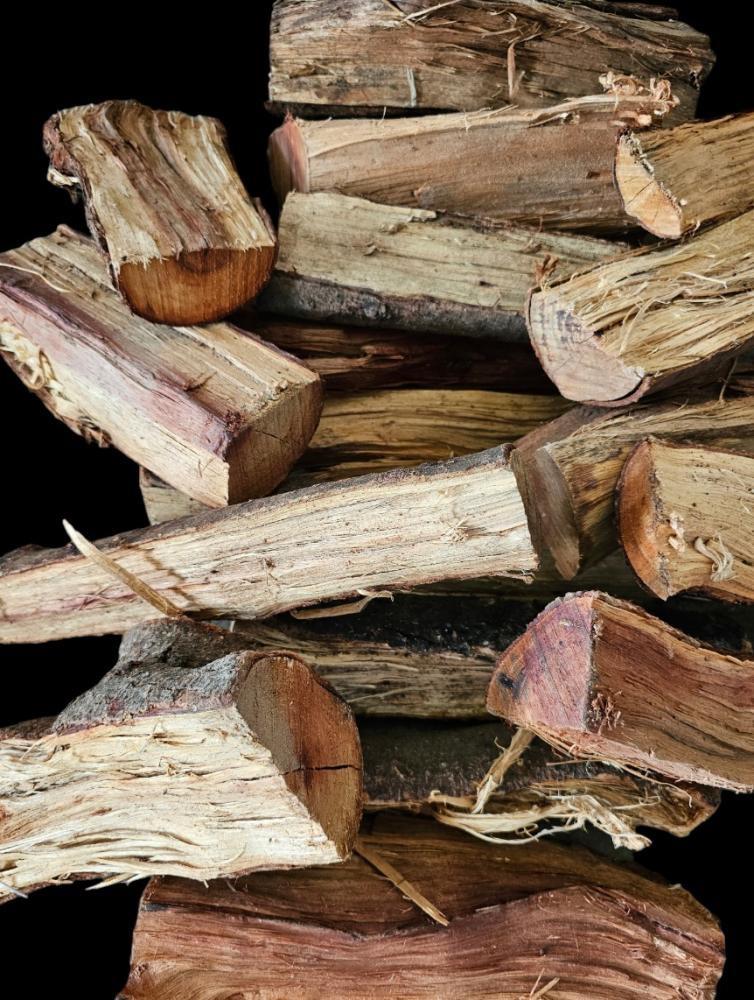introduction
Acacia firewood is one of the renewable and sustainable energy sources that has been used for centuries in Arab regions. Acacia is a common tree in arid and semi-arid regions, and is distinguished by its unique characteristics that make it suitable for use as fuel and for heating.
The importance of acacia arabica firewood
Historically
Since ancient times, rural communities in Arab regions have relied on acacia firewood as their main source of energy. It was used for cooking and heating, especially in desert environments where other fuel sources were scarce. This tree contributes to the continuation of life in dry areas thanks to its ability to adapt to harsh climatic conditions.
economically
Acacia firewood is considered an important source of income in many villages and rural areas. Collecting and selling firewood is used as a source of livelihood for families, as it is sold in local markets as fuel for heating and cooking. It also contributes to reducing dependence on non-renewable energy sources.
Characteristics of acacia firewood
Environmentally
The acacia tree is a drought-resistant tree, as it grows in harsh environments and requires little water. This tree contributes to improving and stabilizing the soil, which helps combat desertification and increase vegetation cover. Using acacia firewood as an energy source reduces pressure on natural forests and contributes to the preservation of biodiversity.
Energy efficiency
Acacia firewood is highly efficient as a fuel, as it is known for its ability to burn for long periods while producing significant heat. This makes it an ideal choice for heating rural homes and areas that lack modern heating methods.
The many uses of acacia firewood
Cooking
Acacia firewood is used in many Arab cultures as a cooking fuel, as it adds a distinctive flavor to food. It is used in preparing traditional dishes and barbecuing, and is considered part of the food heritage in many regions.
The heating
Acacia firewood provides an effective means of heating homes during cold winters. It has the ability to burn slowly and produce sustained heat, making it an economical and comfortable heating option.
Challenges and opportunities
Challenges
Despite the many benefits of acacia firewood , there are challenges to its sustainability. The most prominent of which is excessive exploitation and unjust cutting, which threatens to reduce the numbers of these trees. Also, excessive use may lead to soil degradation and loss of vegetation in some areas.
Opportunities
Encouraging sustainable cultivation of acacia trees can contribute to the provision of renewable sources of energy. Firewood collection and organization can be improved to ensure no negative impact on the environment. In addition, by-products of the acacia tree such as gum arabic can be exploited in various industries, opening new economic horizons.
Conclusion
Acacia firewood represents an important part of the environmental and economic heritage in arid and semi-arid regions. Through sustainable and rational management of this resource, significant economic and environmental benefits can be achieved, promoting sustainable development and preserving the environment for future generations.

